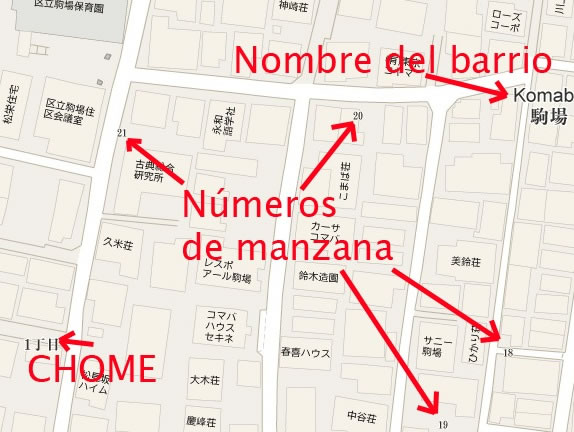Those who interested in Japanese sport or music may know about
stadiums and concert halls. Since these buildings are important parts of
a city, I decided to write about them. We all know that, Japan has a
high number of stadiums, but now, I would like to describe just a few.
Let’s start with one from Tokyo, called Tokyo Dome.
1. Tokyo Dome:
This
is 55,000-seat (actual capacity of 42,000) baseball stadium located in
Bunkyo Ward of Tokyo. It’s original nickname is “The Big Egg” or “Tokyo
Big Egg”. The Dome is the home field of the Yomiuri Gaints baseball
team, and also hosted basketball and football games, as well as
wrestling matches, martial arts events and music concerts.
Tokyo
Dome is a part of a greater entertainment complex known as Tokyo Dome
City, which includes an amusement park, various shops, restaurants,
video game centres, etc.
Tokyo Dome has many notable performances:
For
example, the American megastar Michael Jackson performed on stage more
than any other artist or band, a total of 21 concerts.
The pop
star Gackt’s Christmas Eve show on December 24, 2005, holds the record
as the most expensive and one of the costliest in Japanese concert
history. The concert was estimated by his business partners to have cost
¥500 million (or about $4,296,270)
, he and his other performers took two years to plan and six months to rehearse.
In
August 2008, Japanese pop group KAT-TUN broke the record for the
longest consecutive days of concerts, when they performed at the stadium
for four days in a row. Less than a year later, they broke their own
record with concerts eight days in a row from May 15, 2009, as they sold
all tickets immediately.
(source
1,
2,
3)
Infos:
- Location: 3, Koraku, 1-chome, Bunkyo, Tokyo, Japan
- Opened: March 17, 1988
- Owner: Tokyo Dome Corporation
- Capacity: 55,000 (baseball) 42,000 (standard)
2. Nippon Budokan
The
Nippon Budokan, often shorted to Budokan, is an indoor arena in the
central of Tokyo. The Budokan was originally built for the judo
competition in the 1964 Summer Olympics, hence it’s English name is
“Martial Arts Hall”.
The Nippon Budokan is located in Kitanomaru
Park in central Tokyo, two minutes walking from Kudanshita Subway
Station. The Budokan is a 42 m high octogonal building, holds 14,201
people, and modeled after Yumedono (Hall of Dreams) in Nara.
Though
it still functions as a venue for big musical events, its primary
purpose is for Japanese martial arts, like judo, kendo, karate, aikido,
kempo, etc. For wrestling fans the Budokan holds pro-wrestling shows
too.
For music fans, Budokan is famous by holding big concerts.
The Beatles was the first rock band to perform here, on the summer of
1966. The Budokan gained worldwide fame when American astists used the
arena to record their concert albums (Cheap Trick- Cheap Trick at
Budokan; Bob Dylan- Bob Dylan at Budokan). Other artists, like Ozzy
Osbourne, Avril Lavigne, or the Japanese DIR EN GREY also performed in
the Budokan.
(source
1,
2,
3)
Infos:
- Location: 2-3 Kitanomarukouen Chiyoda, Tokyo
- Built: 1964
- Opened: October 3, 1964
- Owner: The Nippon Budokan Foundation
- Capacity: 14,201
3. Saitama super Arena
Saitama
Super Arena is a multi-purposed indoor arena in Chouo-ku, Saitama City,
Saitama, Japan. It’s spectator capacity is 37.000 at maximum settings.
This main arena capacity is between 19,000-22,500 when events such as
basketball, volleyball, tennis, ice hockey, gymnastics, boxing, mixed
martial arts and professional wrestling take place there. It is also
the only Japanese arena equipped especially for American football. The
arena has a gigantic moveable section of seating which can reduce
capacity for smaller events.
Of course, the arena is not just for
sport events, but concerts too. Not just foreign bands like U2,
Metallica or Green Day have concerts here, but Japanese ones like the
GazettE, Gackt or Morning Musune visited to Saitama super Arena.
The World’s largest moving block:
The
gigantic structure, weighing 15,000 tons and 41,5 meters high, moves a
distance of 70 meters horizontally, transforming the Main Arena into a
Stadium with 37,000 seats.






































